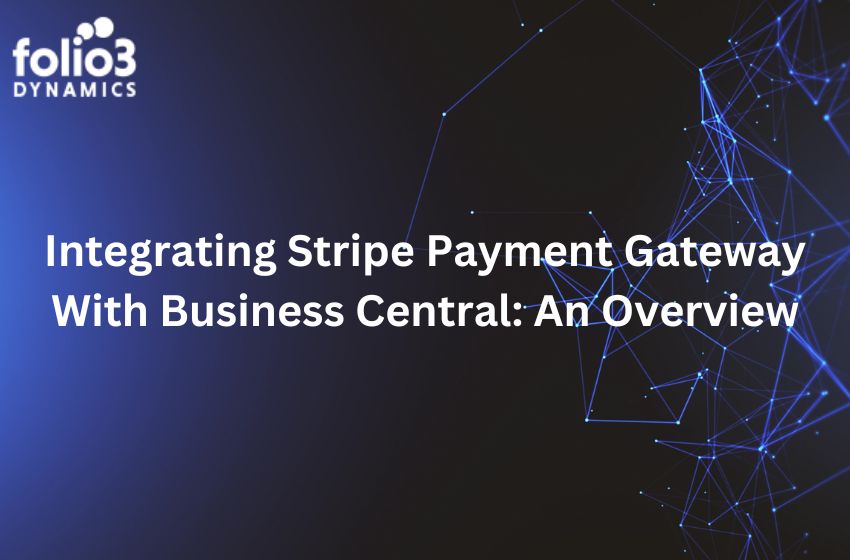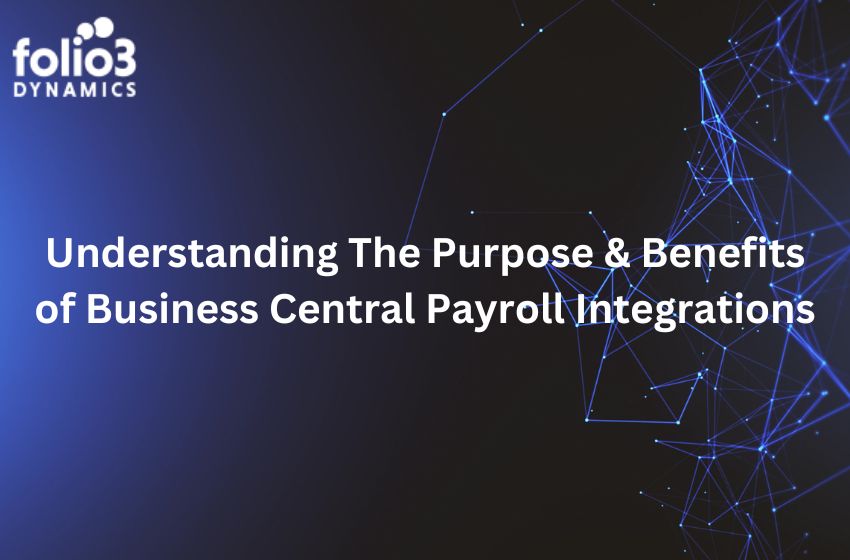Introduction
Managing a supply chain can be a real challenge in today’s fast-paced and ever-changing business world. With so many moving parts and stakeholders involved, getting lost in the chaos is easy. But fear not because there’s a solution that can help streamline your operations and keep things running smoothly: supply chain finance software.
Supply chain finance software is a game-changer for organizations looking to optimize their working capital, reduce transaction costs, and mitigate risks. By providing a centralized platform for managing transactions, invoices, and payments, it enables you to automate and digitize your supply chain finance processes. And the best part? It frees up your time and resources to focus on what really matters – growing your business.
Below, we will take a deep dive into the market’s top supply chain finance software vendors and their features. We’ll explore the importance of supply chain finance software and why it’s crucial for modern businesses to implement it. We’ll also provide some best practices for successfully implementing supply chain finance software in your organization, so you can get the most out of your investment.
So, whether you’re a startup, a small business, or a multinational corporation, buckle up and get ready to learn about the latest and greatest supply chain finance software vendors out there. Because when it comes to streamlining your operations and driving business growth, there’s no time to waste!
What is Supply Chain Finance Software, and Why is it Important?
As we mentioned in the introduction, supply chain finance software is a powerful tool for managing complex supply chain operations. But what exactly is it, and why is it so important?
At its core, supply chain finance software is a digital platform that enables you to automate and streamline your supply chain finance processes. It lets you track invoices, payments, and transactions in real-time, giving you complete visibility and control over your financial operations. And with features like dynamic discounting, invoice factoring, and payment tracking, it helps you optimize your working capital and reduce transaction costs.
But perhaps the most important aspect of supply chain finance software is its ability to mitigate risk. By providing a centralized platform for managing financial operations, it reduces the risk of errors, fraud, and non-compliance. It also enables you to establish stronger relationships with your suppliers and customers, building trust and transparency throughout the supply chain.
So why is this so important? Well, in today’s globalized and fast-paced business environment, supply chain risks are more prevalent than ever before. From cyber attacks to natural disasters, there are countless factors that can disrupt your operations and damage your reputation. Supply chain finance software helps you stay one step ahead of these risks, giving you the agility and flexibility to adapt to changing circumstances and maintain business continuity.
Now that we’ve covered the basics of supply chain finance software and why it’s important, let’s move on to the next section and explore some key factors to consider when choosing a supply chain finance software vendor.
Factors to Consider When Choosing a Supply Chain Finance Software Vendor
Now that you understand the importance of supply chain finance software, it’s time to choose the right vendor for your organization. With so many options available in the market, it can be overwhelming to decide which one is the best fit for your needs. Here are some key factors to consider when choosing a supply chain finance software vendor:
-
Cost-effectiveness:
While cost is always a factor, it’s essential to look beyond the price tag and consider the value that the software provides. Does it offer a good return on investment? Will it help you reduce costs and optimize your working capital? These are important questions to ask before making a decision.
-
User-friendliness:
Supply chain finance software should be intuitive and easy to use, even for non-financial users. Look for a vendor that offers a user-friendly interface and provides ample training and support for your team.
Integration with existing systems:
Supply chain finance software should seamlessly integrate with your existing systems, such as ERP, CRM, and accounting software. This ensures that data is synced in real-time and eliminates the need for manual data entry.
-
Customer support and training:
The vendor you choose should provide excellent customer support and training to ensure a smooth transition and ongoing use of the software. Look for a vendor that offers personalized training sessions, online resources, and responsive customer support.
By considering these factors when choosing a supply chain finance software vendor, you can ensure that you select a solution that meets your specific needs and helps you achieve your business objectives.
Top Supply Chain Finance Software Vendors and Features
When it comes to streamlining your supply chain finance operations, choosing the right software vendor is key. The previous section discussed the factors you should consider when selecting a supply chain finance software vendor. Now, it’s time to dive into the top vendors and their features.
Here are three of the top vendors in the market and what makes them stand out:
-
SAP Ariba
SAP Ariba is a cloud-based procurement solution that provides end-to-end visibility and control over your entire supply chain. With its supplier management, spend analysis, contract management, and e-invoicing capabilities, SAP Ariba helps you optimize your procurement process and maximize your cost savings.
One of the key benefits of SAP Ariba is its seamless integration with existing ERP systems, which enables you to have real-time access to your supply chain data and make informed decisions. Moreover, SAP Ariba offers various pricing and plan options to suit your business needs, ranging from a pay-per-use model to an enterprise-level model.
SAP Ariba is known for its intuitive user interface, robust reporting capabilities, and excellent customer support, making it a top choice for many organizations looking to improve their supply chain finance operations.
Pros:
- Comprehensive features for end-to-end supply chain management
- User-friendly interface
- Easy integration with existing systems
Cons:
- Higher pricing may not be suitable for smaller businesses
-
Kyriba
Kyriba is a treasury management software that helps organizations manage their cash, liquidity, payments, and risk. With its cash forecasting, bank connectivity, payment processing, and FX risk management features, Kyriba enables you to optimize your cash flow and minimize your financial risk.
What sets Kyriba apart is its high level of customization and configurability, which allows you to tailor the software to your specific needs and preferences. Kyriba also integrates with various ERP and accounting systems, providing you with real-time data and analytics to make informed decisions.
Kyriba offers various pricing and plan options to meet the needs of organizations of all sizes, from a basic package to an enterprise-level package. User reviews highlight the platform’s ease of use, customization options, and excellent customer support.
Pros:
- Powerful cash management and forecasting features
- Highly customizable to meet unique business needs
Cons:
- Customer support can be lacking
- Steep learning curve for beginners
-
PrimeRevenue
PrimeRevenue is a supply chain finance platform that enables organizations to optimize their working capital and improve their cash flow. With its invoice financing, dynamic discounting, and supply chain financing features, PrimeRevenue provides a flexible and scalable solution to meet your financing needs.
One of the key benefits of PrimeRevenue is its ability to work with multiple currencies and languages, making it a top choice for global organizations. PrimeRevenue also integrates with various ERP and accounting systems, providing you with real-time data and analytics to help you make informed decisions.
PrimeRevenue offers customized pricing and plan options based on your specific needs, so you can choose the features and financing options that work best for your business. User reviews highlight the platform’s flexibility, ease of use, and excellent customer service.
Pros:
- Cloud-based platform for real-time insights into the supply chain
- Helps to optimize cash flow
Cons:
- May not offer as many customization options as competitors
How to Implement Supply Chain Finance Software in Your Organization
After carefully evaluating different vendors and selecting the right supply chain finance software for your organization, the next step is implementation. But how do you ensure a smooth and successful implementation process? In this section, we’ll walk you through the steps to implementation and share some best practices to help you achieve a successful implementation.
-
Steps to Implementation
Before implementing supply chain finance software in your organization, it’s important to have a well-defined implementation plan. Here are the key steps to follow:
- Define the scope of the implementation and set realistic goals and objectives
- Assign a project team with clear roles and responsibilities
- Develop a detailed project plan and timeline
- Configure the software to meet your specific business needs
- Test the software thoroughly to ensure it’s working as expected
- Train your staff on how to use the software effectively
- Go live and monitor the performance of the software
-
Best Practices for Successful Implementation
To ensure a successful implementation process, here are some best practices to follow:
- Clearly communicate the benefits of the software to all stakeholders
- Involve key stakeholders in the implementation process to gain buy-in and support
- Provide adequate training and support to all users of the software
- Monitor the performance of the software and make necessary adjustments
- Continuously communicate with users and gather feedback for continuous improvement
Wrapping Up!
And that’s a wrap, we guess! In this blog, we’ve covered a lot of ground on the top supply chain finance software vendors and how to choose the best one for your organization. By now, you should have a good understanding of what to look for in a supply chain finance software vendor, as well as the key features and benefits of some of the top vendors on the market.
But choosing the right vendor is only half the battle. Implementing the software successfully is just as important, if not more so, for reaping the full benefits of the technology. Remember, successful implementation requires a well-thought-out plan, cross-functional collaboration, and a commitment to ongoing training and support.
At Folio3, we understand that choosing and implementing supply chain finance software can be daunting. That’s why we’re here to help. Our team of experts can guide you through the entire process, from selecting the right vendor to ensuring seamless integration with your existing systems. With our help, you can streamline your operations, optimize your supply chain, and achieve greater financial visibility and control.
So what are you waiting for? Contact us today to learn more about how we can help you choose the best supply chain finance software for your business and take your operations to the next level!








